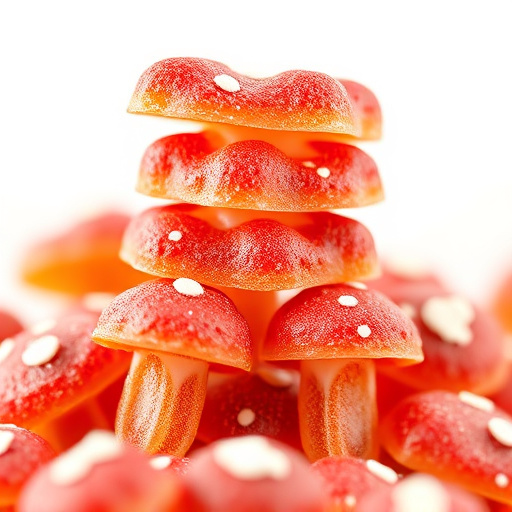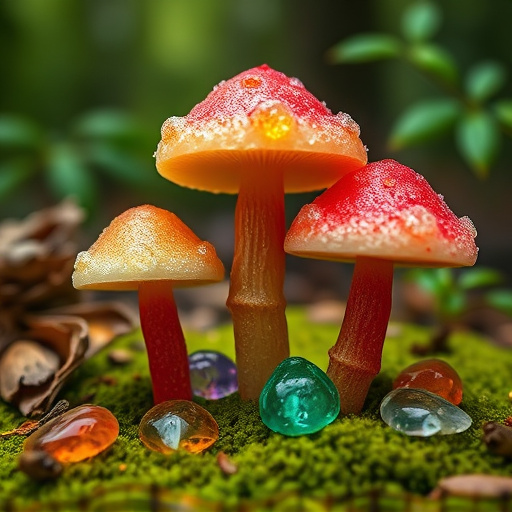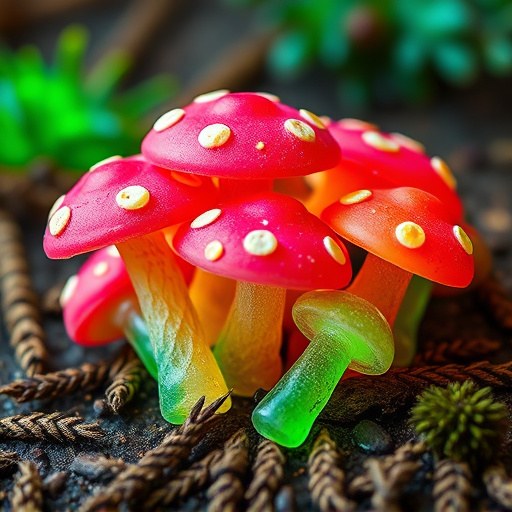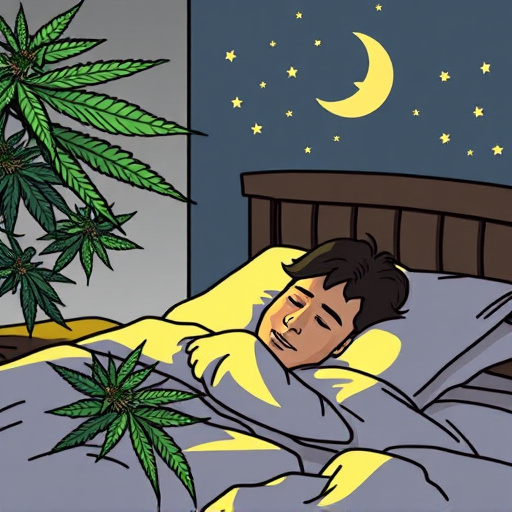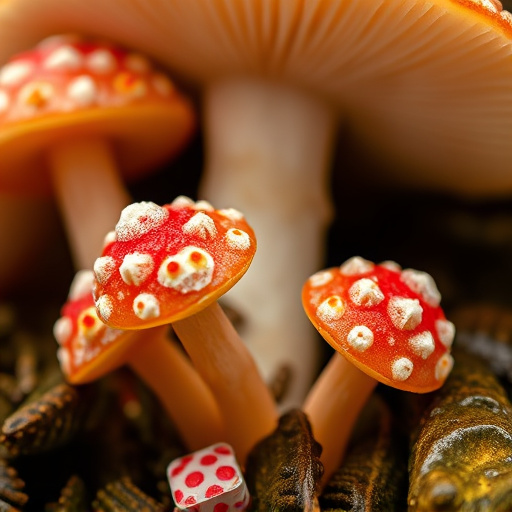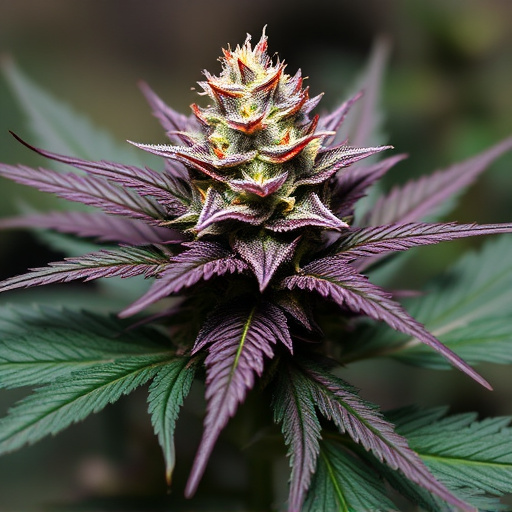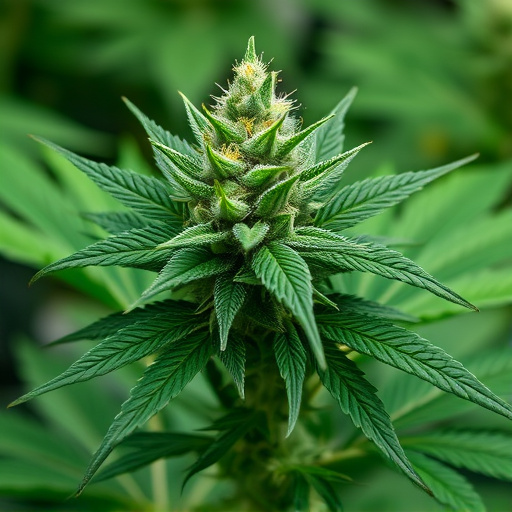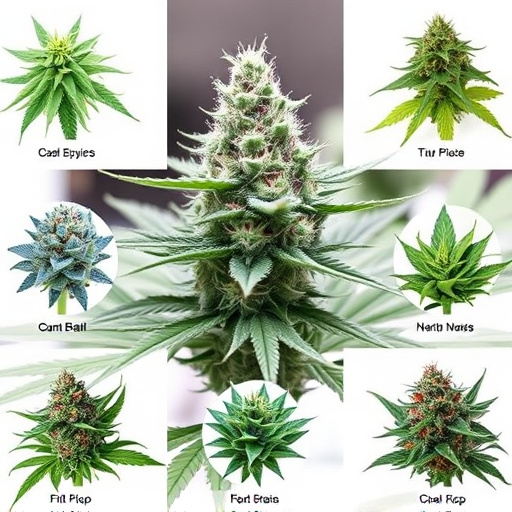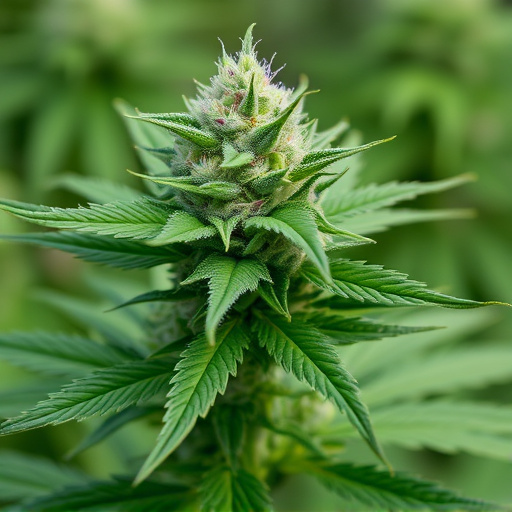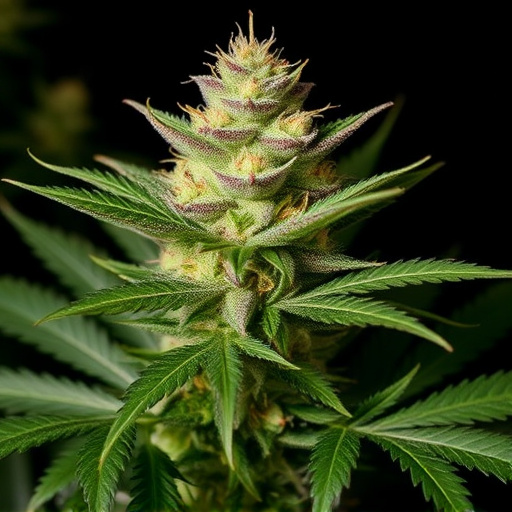The environment profoundly influences cannabis plant development, with indoor and outdoor cultivation methods offering distinct advantages. Indoor growing provides controlled conditions for optimal potency, flavor, and consistency, while outdoor growing exposes plants to natural elements, leading to diverse terpene profiles and potential medicinal benefits. The ideal strain selection depends on the cultivation method; outdoor growers prefer adaptable strains like Northern Lights, while indoor gardeners opt for rapid-flowering SOG strains. Understanding these environmental factors ensures healthier plants and enhances the overall cultivation experience, highlighting the importance of aligning strain characteristics with specific growing environments to achieve the best cannabis strains.
“Uncover the distinct world of indoor and outdoor cannabis cultivation and its profound impact on the final product. This article delves into the intricate differences between these two growing environments, revealing how they shape the development, characteristics, and ultimate effects of cannabis flowers.
From terpene profiles to THC/CBD ratios and yield, understanding the influence of nature versus controlled spaces is key. We’ll explore the best cannabis strains tailored for each setting, guiding you through essential considerations when choosing between indoor-grown and outdoor-grown cannabis, ensuring an informed decision based on your needs.”
- Growth Environment Impacts Cannabis Flower
- – Discussion on the effects of indoor vs outdoor growing conditions on plant development and final product characteristics like terpene profile, THC/CBD ratios, and yield.
- Best Cannabis Strains for Specific Environments
Growth Environment Impacts Cannabis Flower
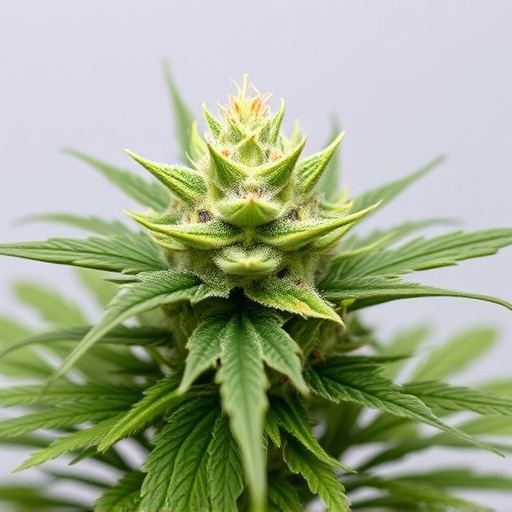
The environment in which cannabis plants are grown significantly influences the final flower, or bud, that is harvested. Indoor and outdoor growing conditions create distinct microclimates that shape the plant’s development and, consequently, its unique characteristics. Cannabis flowers cultivated indoors often benefit from precise control over light cycles, temperature, humidity, and nutrition. This allows growers to optimize specific traits, such as potency, flavor, and resin production, making indoor-grown cannabis known for its potent best strains. The consistency and predictability of indoor growing enable the cultivation of high-quality, uniform products.
In contrast, outdoor cannabis flowers are at the mercy of nature’s variables—sunlight, temperature, rainfall, and wind. These factors contribute to a more diverse range of terpene profiles and potential medicinal benefits. Outdoor conditions can lead to plants with higher levels of CBD or unique cannabinoid combinations. However, unpredictable weather may result in less consistent product quality. Many growers appreciate the organic approach of outdoor cultivation, which often produces cannabis flowers that are sought after for their distinct flavors and aromas among consumers who prioritize natural, outdoorsy scents.
– Discussion on the effects of indoor vs outdoor growing conditions on plant development and final product characteristics like terpene profile, THC/CBD ratios, and yield.
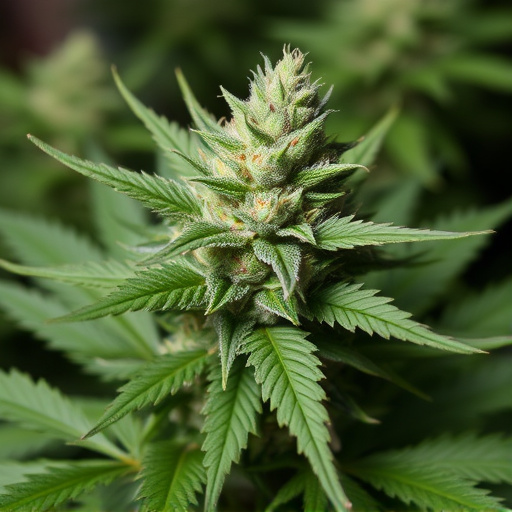
The environment in which cannabis plants are grown plays a significant role in shaping their final characteristics, from terpene profiles to yield and THC/CBD ratios. Indoor cultivation offers precise control over growing conditions, allowing cultivators to optimize light spectrum, humidity, temperature, and nutrient delivery. This precision can lead to consistent results, higher yields, and the potential to cultivate specific strains with enhanced properties. For instance, indoor growers might focus on maximizing THC levels in indica-dominant strains or promoting floral density for certain Sativa varieties, known for their best cannabis strains.
In contrast, outdoor cannabis plants are at the mercy of nature, experiencing natural sunlight cycles, varying temperatures, and unpredictable environmental factors. This inherent variability can result in a wider range of terpene profiles, as plants adapt to their surroundings. Outdoor-grown cannabis is often associated with more balanced THC/CBD ratios, influenced by stress responses triggered by environmental challenges. While outdoor cultivation may yield less consistently compared to indoor setups, it can produce plants with distinct characteristics sought after by connoisseurs, contributing to the diverse range of best cannabis strains available on the market.
Best Cannabis Strains for Specific Environments
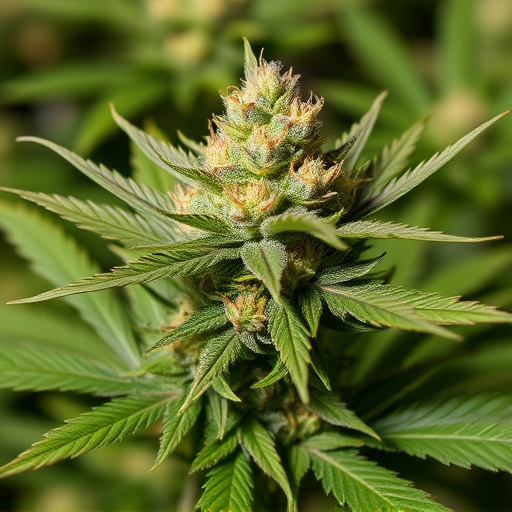
When it comes to choosing the right cannabis strain, the environment plays a pivotal role. Different settings offer unique challenges and opportunities for plant growth, influencing both quality and yield. For outdoor cultivation, select strains that thrive in sunlight, with robust root systems and adaptability to varying climates. Northern Lights, for example, is a popular choice due to its cold-hardy nature, making it ideal for cooler regions. On the other hand, indoor environments demand strains acclimated to controlled lighting conditions. Sea of Green (SOG) strains excel in these settings, as they are fast-flowering and efficient space utilizers.
The best cannabis strains cater to specific needs, whether for outdoor adventures or cozy indoor retreats. Consider your growing environment—sunlit gardens or dimly lit spaces—and opt for varieties that align with those conditions. This ensures not only robust plants but also enhances the overall cultivation experience.
In conclusion, understanding the difference between indoor and outdoor-grown cannabis is key to selecting the perfect strain for your needs. Both environments offer unique advantages, influencing the plant’s development, terpene profiles, and cannabinoid ratios. Indoor growing provides control over lighting, temperature, and humidity, resulting in consistent yields of high-quality flowers with specific terpene and cannabinoid profiles. Outdoor cultivation, on the other hand, allows plants to interact naturally with sunlight, leading to often more diverse terpene expressions and higher yields. Knowing which environmental conditions suit particular cannabis strains best enables cultivators and consumers to make informed choices, ensuring they reap the desired effects and enjoy the full spectrum of aromatherapy and therapeutic benefits that each strain offers. When it comes to selecting the best cannabis strains for your preferences, considering growth environments is an essential step in the process.

